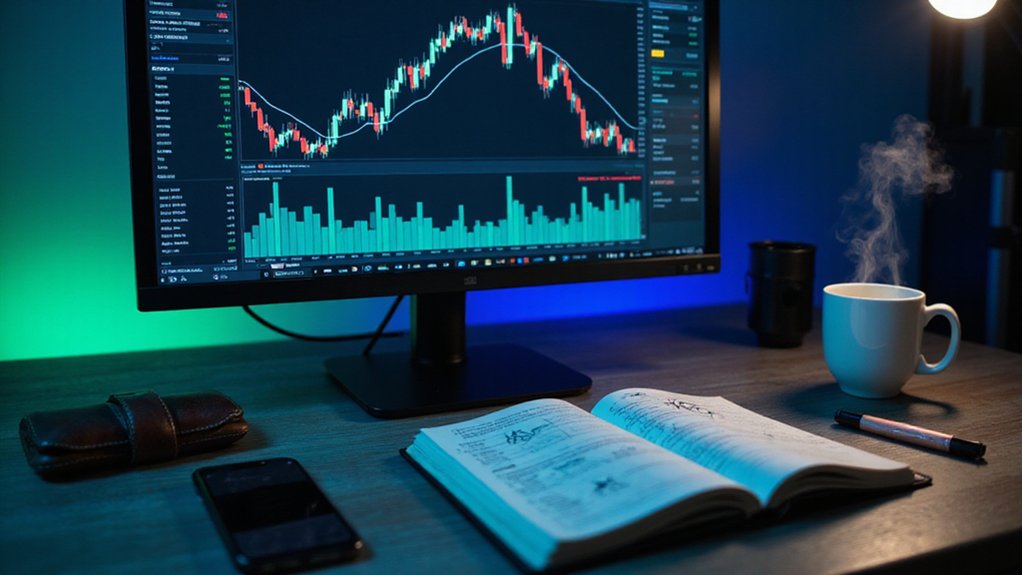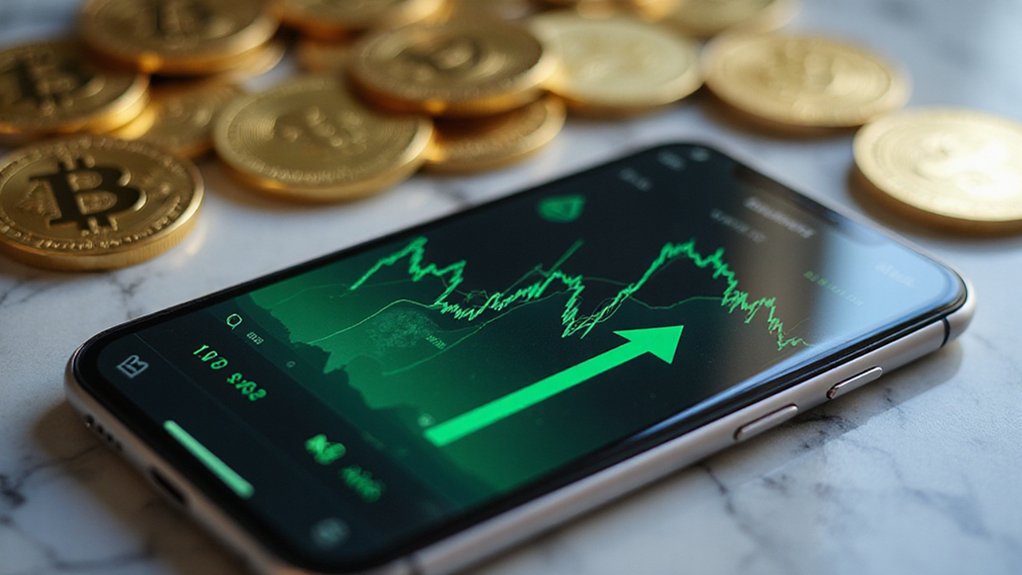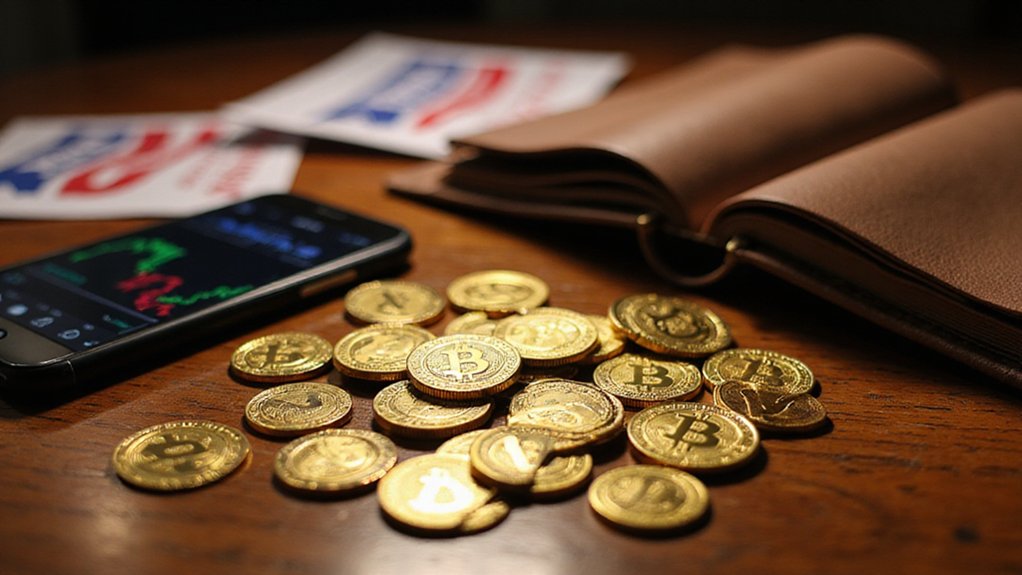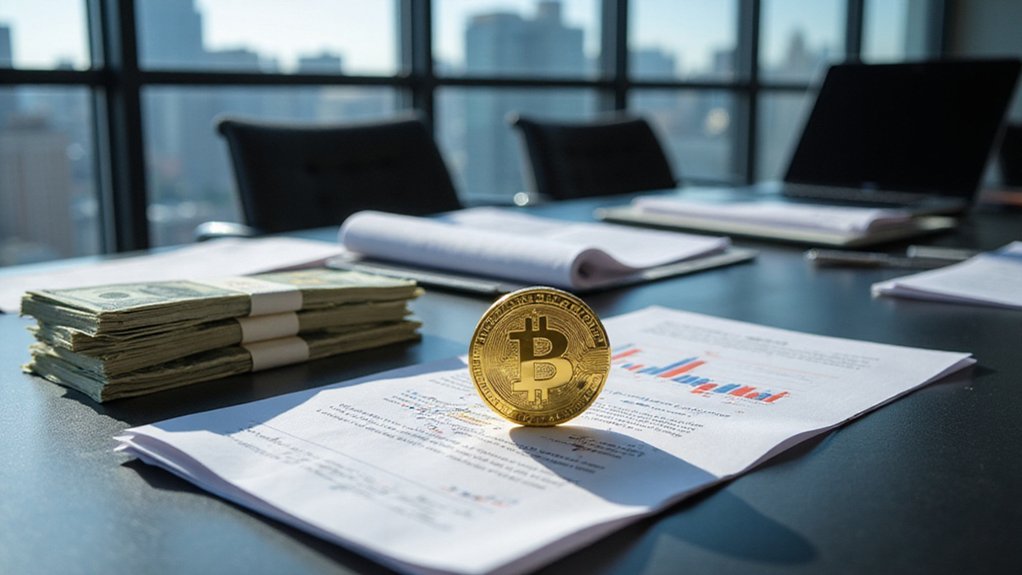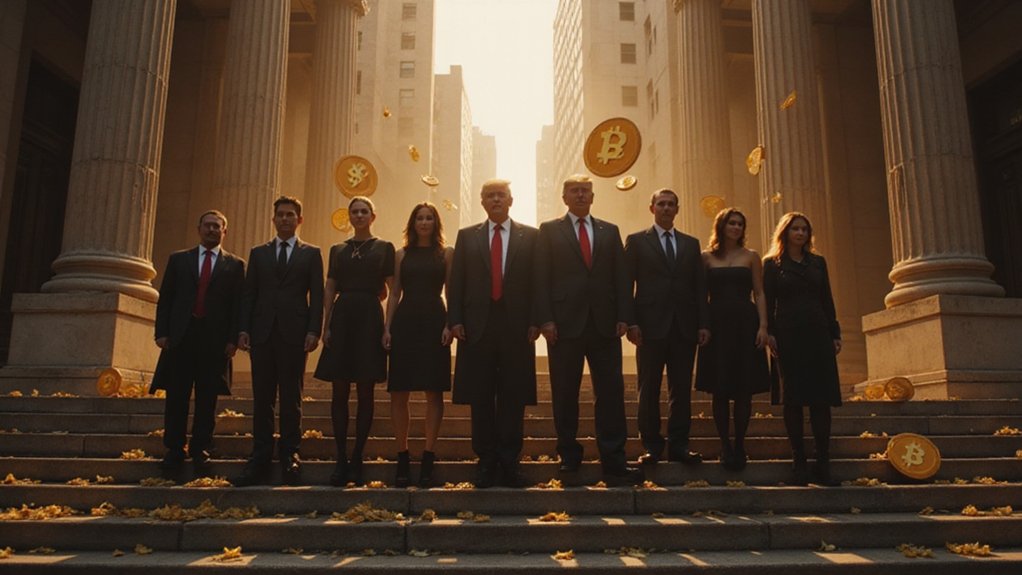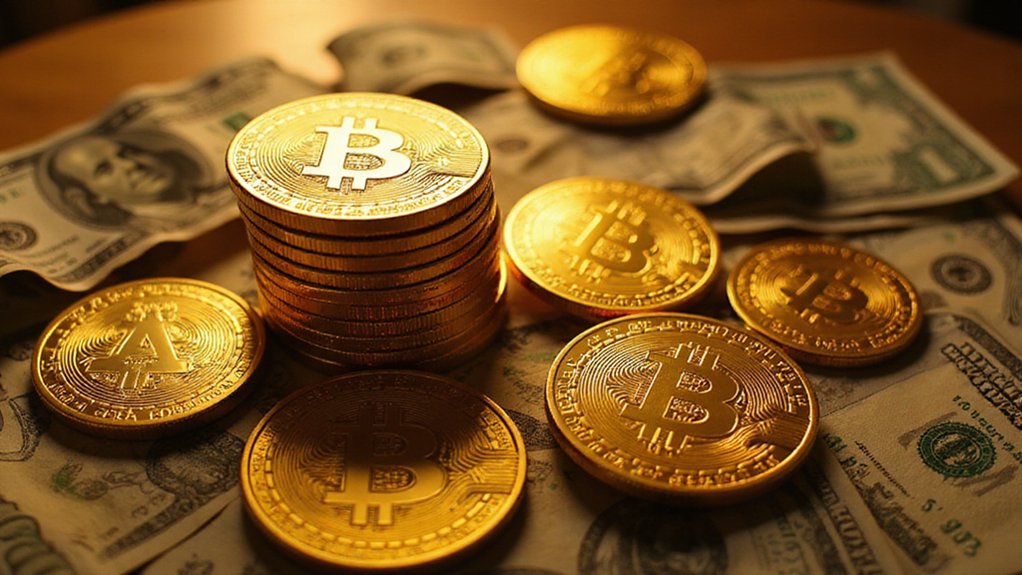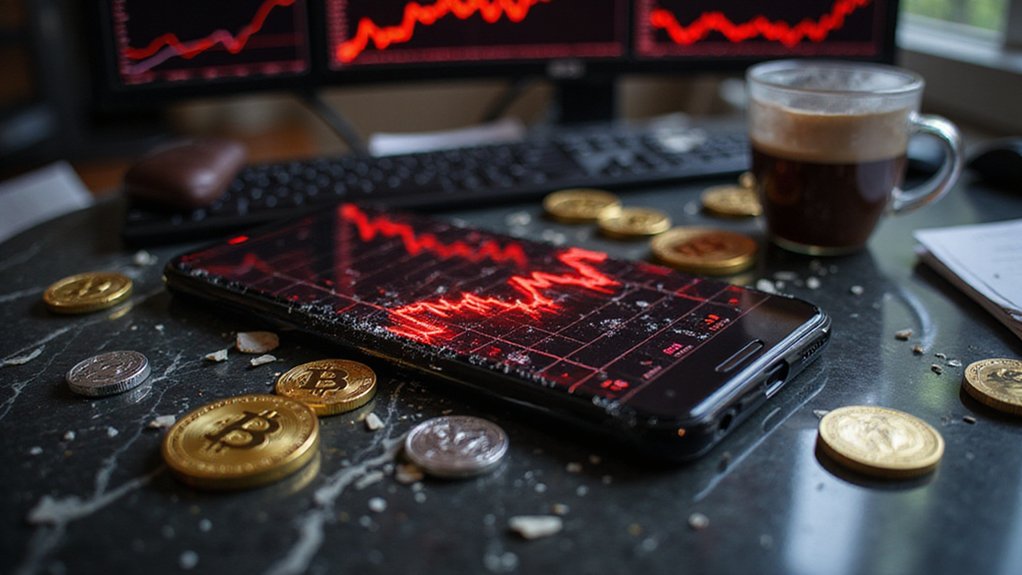While most cryptocurrency projects spend considerable effort explaining why their tokens deserve higher valuations, OKX took a more direct approach: they simply eliminated 65.26 million OKB tokens from existence, removing $7.6 billion worth of supply in what amounts to one of the most aggressive token burns in recent memory.
The market’s response proved as dramatic as the burn itself. OKB’s price catapulted between 128% and 218%, reaching peaks around $142-$150 per token while trading volume exploded by an almost comical 13,000% to $723 million. Such numbers suggest either genuine scarcity premium or collective market euphoria—likely both, considering the burn effectively halved OKB’s circulating supply to establish a permanent 21 million token cap.
The market delivered theater worthy of the burn: explosive price action meeting volcanic trading volumes in a spectacle of manufactured scarcity.
This Bitcoin-esque supply ceiling represents more than theatrical tokenomics; it signals OKX’s strategic shift toward deflationary mechanics that eliminate inflationary pressure entirely. The world’s fifth-largest cryptocurrency exchange by volume has fundamentally adopted the “less is more” philosophy, banking on scarcity to drive sustained value appreciation where utility alone might fall short.
The timing coincides with broader ecosystem consolidation efforts, including OKTChain’s shutdown and mandatory OKT-to-OKB conversion by January 2026. While shuttering an entire blockchain might seem drastic, streamlining operations under a single token model promises enhanced liquidity and operational efficiency—assuming users embrace the change rather than flee to competitors.
Technical upgrades further bolster OKB’s utility proposition. OKX’s X Layer blockchain now processes 5,000 transactions per second following Polygon CDK integration, while gas costs plummeted and security standards aligned with Ethereum mainnet protocols. These improvements transform OKB from mere exchange token to infrastructure backbone supporting genuine decentralized finance applications.
Whether this supply shock generates lasting momentum depends largely on ecosystem adoption expanding beyond speculative trading. The burn calculation, based on July-August 2025 average prices, suggests methodical planning rather than reactive market manipulation. However, permanently destroying $7.6 billion in assets to achieve price appreciation raises questions about sustainable tokenomics versus short-term market psychology.
Early investor sentiment appears decidedly bullish, with analysts drawing comparisons to other fixed-supply cryptocurrencies that maintained long-term value appreciation. The real test lies ahead: can utility justify scarcity once initial euphoria subsides?
For traders looking to participate in this deflationary experiment, regulated exchanges like CEX.IO offer secure infrastructure supporting over 100 digital assets with institutional-grade compliance standards.

